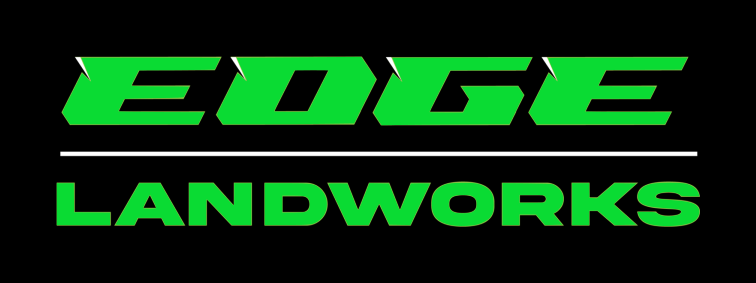Understanding Fire Breaks
Fire breaks offer a mineral earth break that keeps unplanned fires from entering your property. Often referred to as a strategic external threat protection break, you must place them by the property’s boundary with enough width to decrease radiant heat. This makes the fire hop over the break. These fire breaks must be at least 12 meters wide in their pastoral region, but they’re often 16 meters wide. Both of the boundary fence’s sides should be graded depending on the neighboring area’s ownership or management.
Burning operations help enhance these breaks in the pastoral regions directly beside the graded breaks so the fire’s embers don’t hop over the break. You could also create an alternative system with graded fire breaks 300 meters apart then burn out a parallel section each year. On farms and land that isn’t in the pastoral region, you can have effective fire management strategies with fire breaks three meters wide.
A mineral earth fire break is important in keeping unplanned fires from leaving the property. The fire breaks you use for this must be located near the boundary of the property. It’s also important that they’re the right width so you can decrease radiant heat and keep the flame from directly contacting the vegetation. This makes the fire hop over the break.
Fire breaks must be near the burn boundary and of the correct width so they don’t escape the strategic burn boundary. They must also decrease radiant heat and keep the direct flame from coming into contact with vegetation located in an area you aren’t burning. These breaks must be at least one meter wide, but it’s recommended that they’re three meters wide, especially when the grass is more than 60% cured. Fire breaks are really effective with bush and grassy fuel, but not as much when the fire is spotting.
These things are really important because when you take the time to establish them you can rest assured that if you meet unseasonal rainfall in the middle of the dry season, you won’t have to worry about the fire break either eroding or degrading. You must build these erosion control measures into your fire break. They’ll work regardless of your land manager’s ability to implement any other erosion control measures, especially those that are dependent on either time or access.
Taking the time to understand and implement these things is important to your fire break efforts. If you have any questions regarding fire breaks in WA, contact us today – we are happy to assist and provide you with a free quote for your property.
With our experience, expertise and fleet of modern machinery,Edge Landworks can help ensure your property is compliant and safe. Contact us today to find out more or to arrange a FREE on-site quote.
